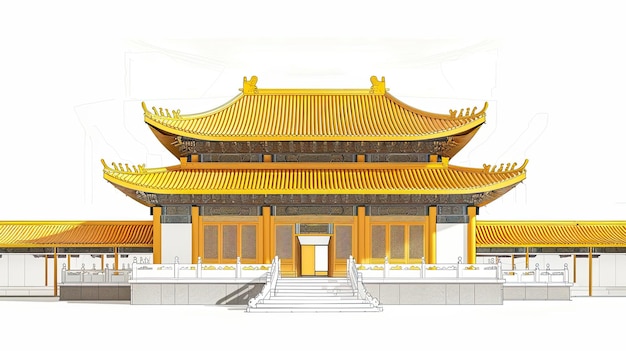Five Extraordinary and Unconventional Temples and Churches


When we think of a church, we often picture Latin crosses, marble altars, and ancient altarpieces. But churches can be quite different from this traditional image. Some modern churches have chosen to move away from the classic ‘neo’ style and embrace unique shapes and materials. Let’s explore a few of these distinctive churches:
In the hills of Sedona, Arizona, you’ll find a chapel commissioned by a local rancher and designed by architect Marguerite Brunswig Staude, with some inspiration from the Empire State Building. Completed in 1956, this chapel blends seamlessly with its surroundings.
Near Bogota, there’s an underground temple inside the salt mines of Zipaquirá. This new cathedral, built in 1990 after the old cathedral closed in 1953 due to poor conditions, includes new pavilions and a large dome. Though not officially recognized as a cathedral, it serves as a museum with various salt sculptures and is considered one of the seven wonders of Colombia.
In Reykjavik, Iceland, there’s a church designed by architect Guðjón Samúelsson, known as the tallest building in the country at 74.5 meters. Named after the Icelandic poet Hallgrimur Pétursson, it has a unique look and took nearly 40 years to complete, being consecrated in 1986. This church is of Lutheran worship.
There’s an interesting story behind a cathedral built by Justo Gallego Martinez. After being expelled from a Cistercian monastery for having tuberculosis, he recovered and started building a cathedral as a promise to God and the Virgin. Remarkably, he has been working alone for nearly half a century, using family funds and donations without any formal training or official plans. Although popularly known as a cathedral, it hasn’t been consecrated or recognized by the local diocese.
In the United States, there is an older military chapel that might remind you of the City of Arts and Sciences in Valencia. Built in 1963, it was initially controversial but has since become one of Walter Netsch’s most famous works and a notable example of brutalist architecture. The chapel is spread over two levels and drew slight inspiration from classics like Sainte Chapelle in Paris.